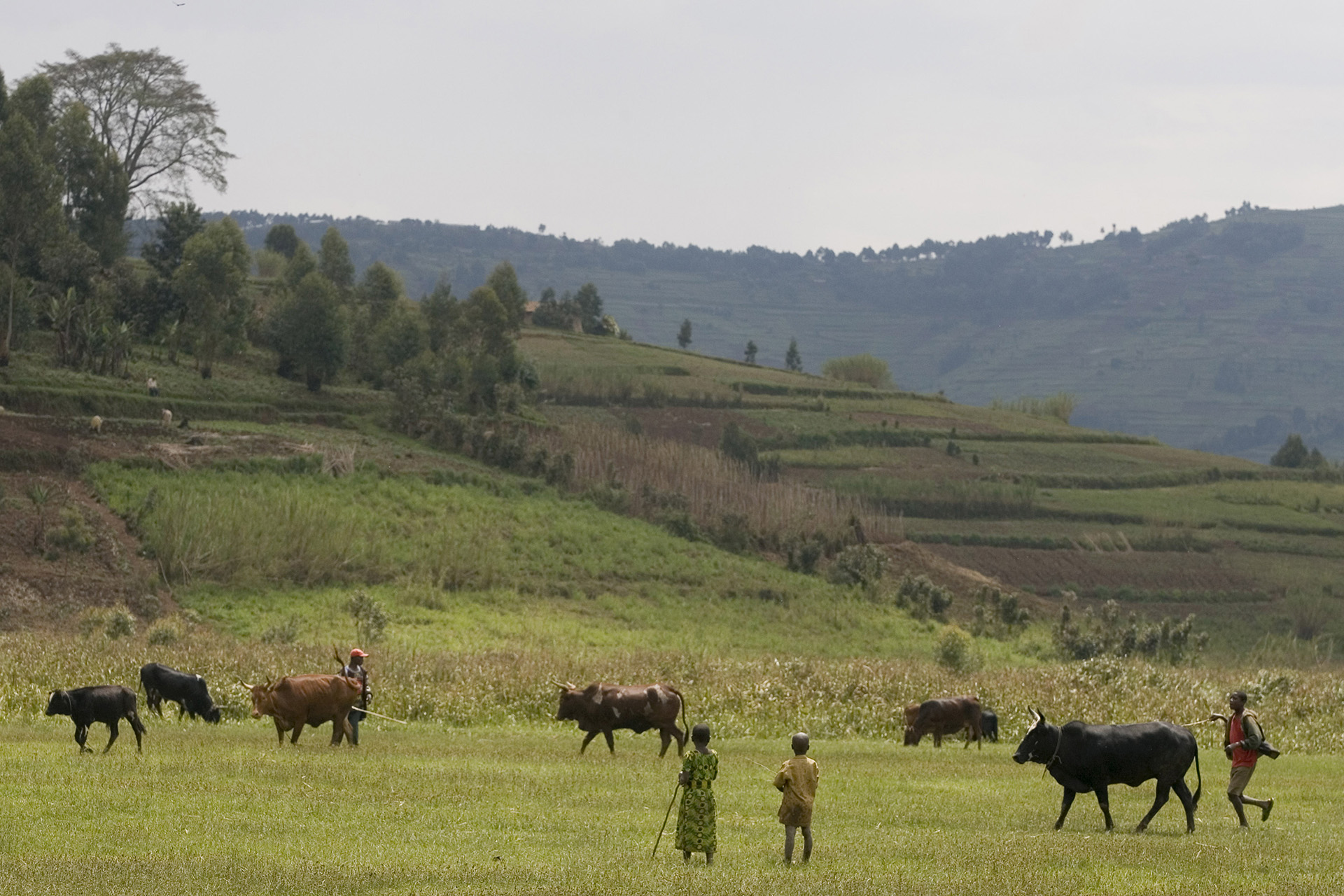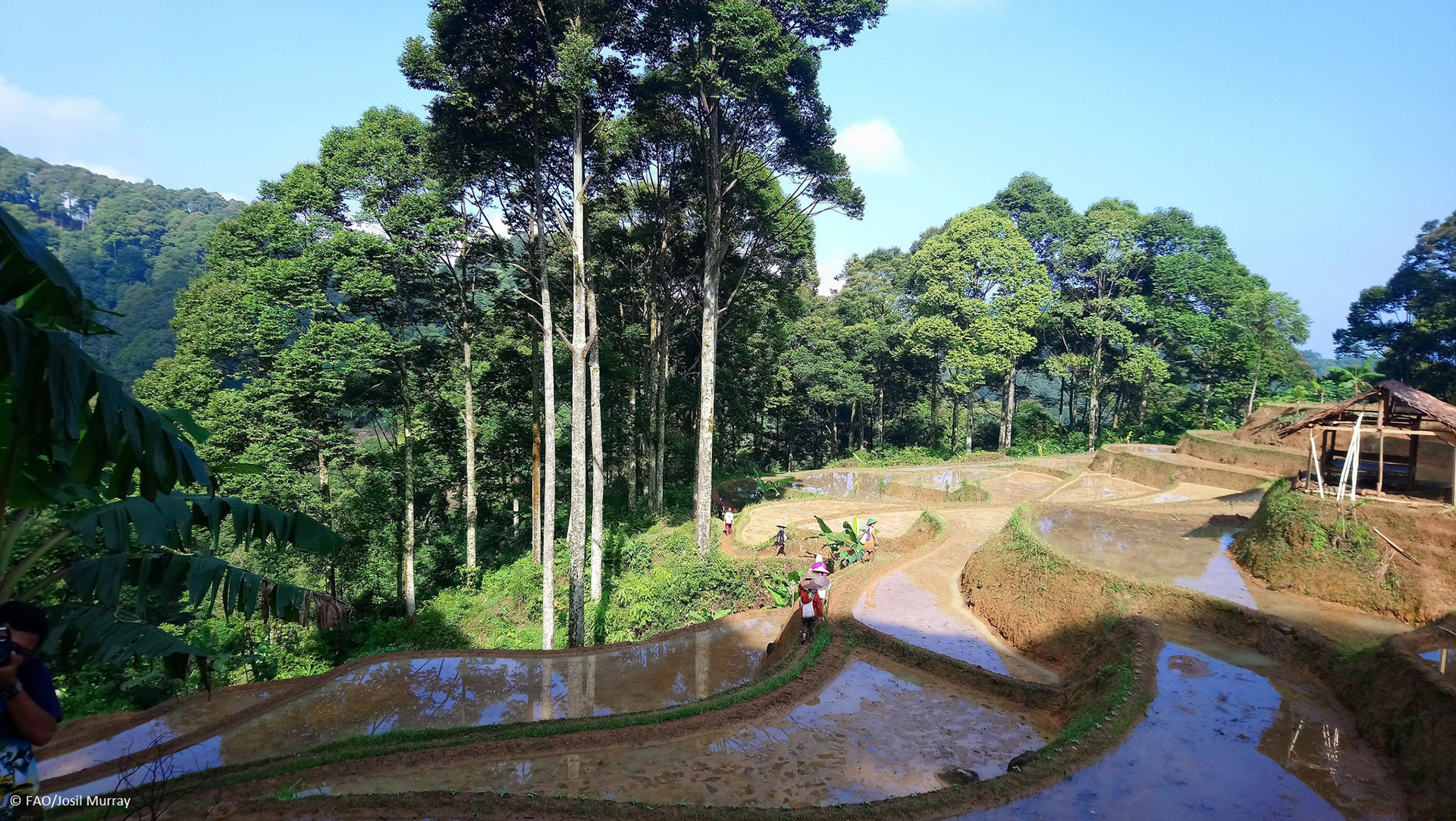Agriculture, Forestry and Land Use (AFOLU) sectors are responsible for around a quarter of global greenhouse gas (GHG) emissions and account for approximately two-thirds of global land use. However, agriculture has grown over time in terms of use of land – with much of the growth being accounted for by the loss of forest area. Reversing this trend of continued deforestation for expansion of agricultural land is now a global priority.
It is important to feed a growing world population as it is to maintain and increase forest cover to satisfy an ever-increasing demand for forest products and services. While these two competing demands on scarce land resources seem to be incompatible, increasing agricultural production does not necessarily have to come at the expense of forests. More than 20 developing countries have improved their food security in the past 25 years without further destroying their forest resources.
Since its inception, the UN-REDD Programme has been supporting the REDD+ Readiness needs of over 60 countries, representing approximately fifty percent of the world’s tropical forests. One measure of success has been the submission by 25 countries to the UNFCCC of their Forest Emissions Reverence Levels (FREL), or Forest Reference Levels (FRL) to date. Moreover, Brazil Colombia, Ecuador and Malaysia have submitted REDD+ results to UNFCCC – totaling over 6 billion tCO2e.
Forty UN-REDD Partner Countries have made important progress towards the development of their National Forest Monitoring Systems, 25 countries have improved Satellite Land Monitoring Systems, and 17 countries made significant advances on their national forest inventories. This has ensured more robust data and a significant increase in the transparency in forest information for better decision-making and governance.
When analysing the ‘triggers of change’ that have contributed to the success of these countries, there are commonalities that can be converted into a series of general recommendations:
Better cross-sectoral coordination
National development policies should recognise the importance of sustainable agriculture, food security and sustainable forest management, including their contributions to relevant Sustainable Development Goals (SDGs), the Paris Agreement and Aichi targets Coordination across scales that is driven by a shared vision and strong leadership is also needed, including local, sub-national and national levels.
Strengthening public and private investment
Policies should focus on measures that: catalyse private investment; promote processing, distribution and marketing of infrastructure; promote innovation and best practices through research, development and extension; and develop the capacity of producers and community organisations.Climate actions at the landscape level should be equitable and implemented in the context of sustainable development.
Stakeholder engagement
The institutional framework should encompass local communities, civil-society organisations and responsible private-sector interests, as well as government departments and agencies. It may require building the capacity of organisations that support indigenous people, local communities and smallholders as well as the strengthening of public-sector organisations.
Integrated landscape management
This provides an opportunity to balance competing land uses among actors and it has a potential for adaptation measures aimed at increasing resilience in communities and ecosystems .
Evidence-based decision making
There is a need for more systematic and comprehensive data at the global level on the effectiveness of governance, law enforcement and compliance mechanisms related to land-use change from forests to agriculture; and on the economic, social and environmental values of forests.

These ‘triggers of change’ are instrumental to remove barriers for investments to implement NDCs and REDD+, and contribute to support a paradigm shift to low-emission and climate resilient development. It is important to know what makes change transformational; what barriers and obstacles must be removed to scale up transformations; and to recognise and measure the impact of this change.
FAO and the Center for International Forestry Research (CIFOR) have been working together with international experts to build knowledge related to transformational change in the land use sector. This initiative has outlined considerations that can guide future work on identifying and implementing win-win solutions to both forestry and agriculture.
In addition, making concrete investment decisions will be important to reduce pressures on forests where land use change is occurring. Developing government policies that provide the right market incentives and a clear investment environment that promotes sustainable practices is also crucial. Third-party certification in the forestry sector, as well as right policy design, can bring about transformative change to reduce pressures on forests. In parallel, removing fiscal incentives and government subsidies that contribute to land conversion have proven to be efficient measures to trigger greener business practices.
REDD+ efforts by countries have come a long way and continue to be key for ensuring sustainable and long-lasting sectoral and cross-sectoral transformational change that is indispensable for sustainable development and for mitigating and adapting to climate change.

